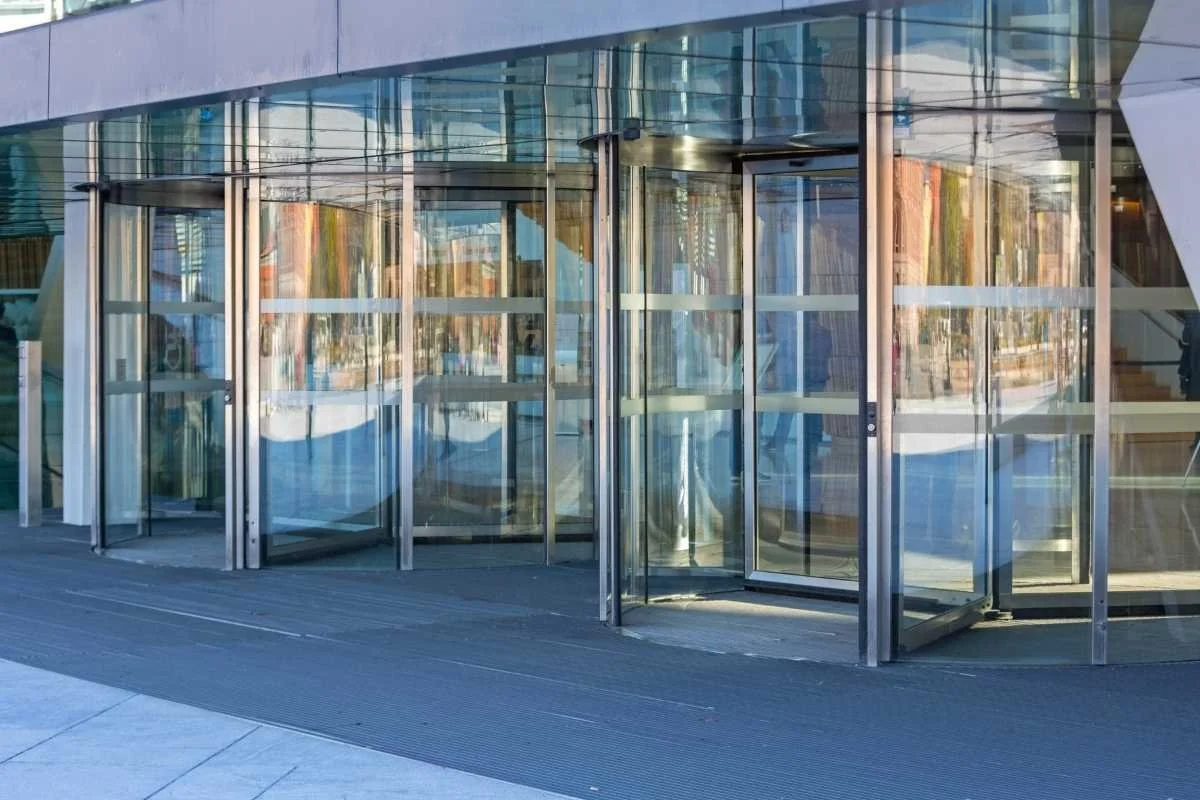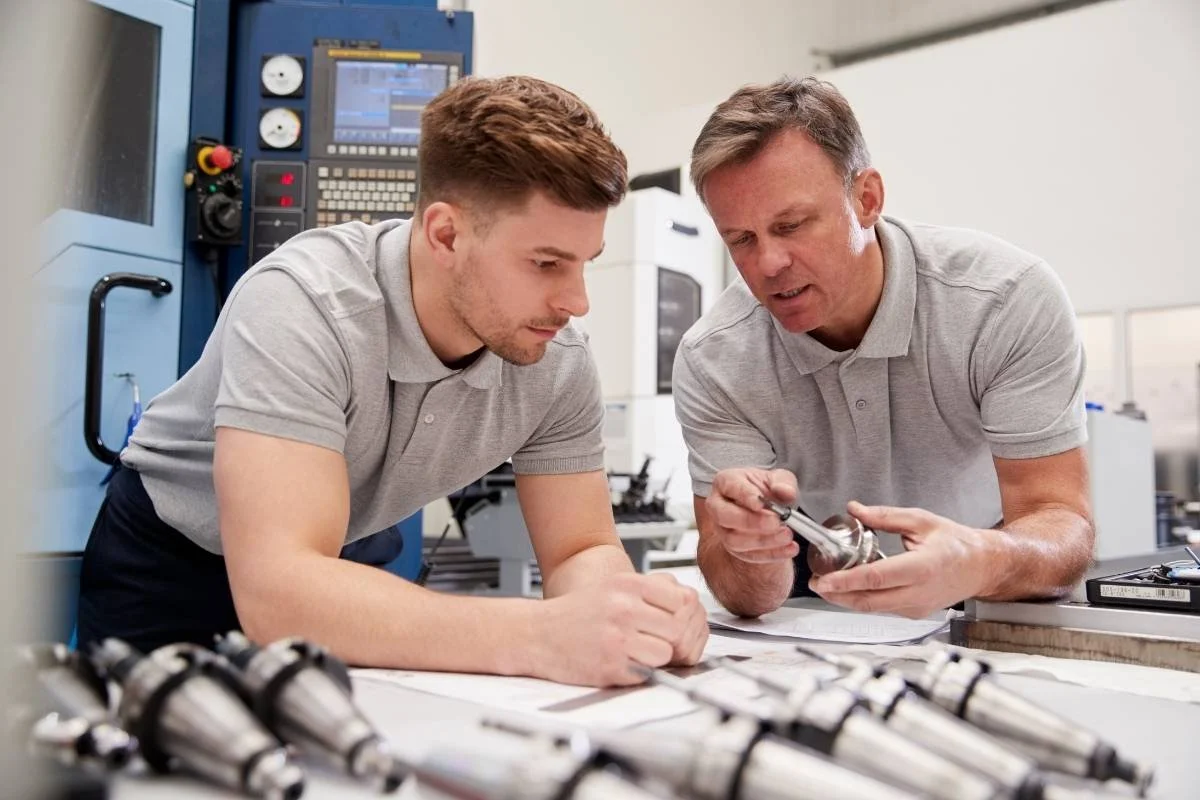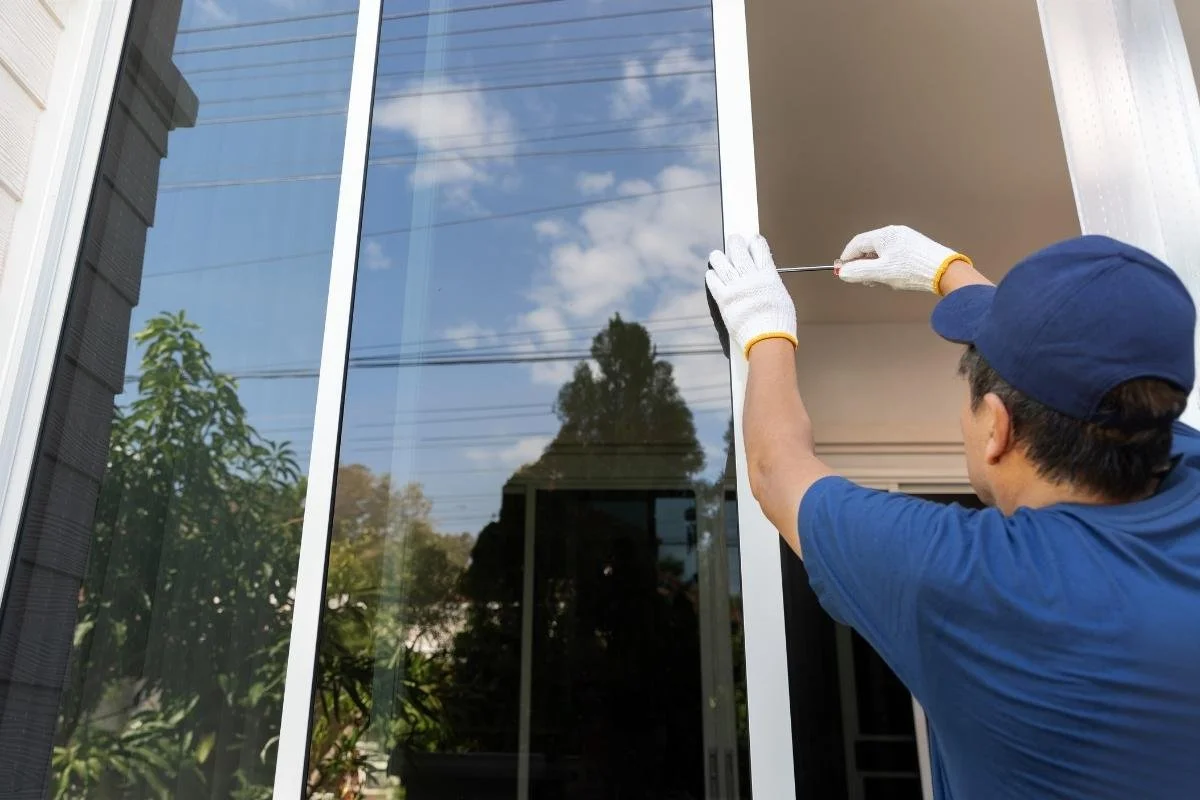The Ultimate Automatic Door Maintenance Checklist
Automatic doors are designed to make life easier, providing hands-free access while maintaining safety, accessibility and efficiency. Whether you manage a retail unit, healthcare facility or office block, your automatic doors work hard every single day.
To keep them working smoothly and safely, they need regular care. A neglected door doesn’t just risk breaking down; it can also create hazards, compromise security, and breach safety compliance standards such as BS EN 16005.
In this guide, we’ve compiled the ultimate step-by-step checklist that will help you prevent costly breakdowns and keep your doors compliant with safety standards.
How Often Should Automatic Doors Be Serviced?
Before we delve into how to maintain your automatic doors, it’s important to understand how often they should be serviced. The frequency depends on usage level, door type, and environment.
Here’s a general guide based on usage level:
High Traffic: Doors that are used very often, such as those in hospitals or supermarkets, should be serviced every 3 months.
Medium Traffic: Automatic doors that receive medium traffic, such as those in offices or retail units, should be serviced every 6 months.
Low Traffic: If your doors aren’t used often, such as those in private premises or low-access points, your servicing can be completed every 12 months.
8-Step Automatic Door Maintenance Checklist
Here’s our 8-step checklist, which breaks down the inspection and care routine that will help prevent small issues from becoming expensive repairs:
1. Begin with a Full Visual Inspection
Every maintenance session should begin with a detailed visual inspection of the entire system. This helps reveal early signs of damage that can be addressed before they escalate.
Check the door leaves and panels for dents, chips, corrosion or signs of warping. If your panels are damaged in any way, they can interfere with your door’s alignment and affect motion sensors.
Start your automatic door maintenance with a visual inspection of the door leaves, panels, glass and frame.
Ensure the glass doors are free of cracks or scratches and that safety glazing marks are visible. In addition to these safety marks, check that all warning and manufacturer stickers are intact and readable, as this is a key requirement under BS EN 16005.
Look for loose screws, damaged joints, or separation between the door frame and wall.
2. Clean and Test Sensors & Activation Devices
Sensors are a key element of automatic doors as they detect movement and presence, but even a small amount of dust or misalignment can cause them to malfunction.
Clean your sensors using a microfibre cloth, avoiding any water or harsh chemicals that can fog or damage lenses. Inspect the mounting brackets and tighten any loose fittings or replace cracked sensor housings.
Walk toward the door from different angles and distances to ensure a consistent response. At times, reflections from polished floors or glass panels can trigger false activations. If this occurs, adjust the sensor angle or install anti-reflective covers.
3. Examine Door Movement and Alignment
A healthy automatic door opens and closes in a smooth motion without any hesitation, noise or jerky movements.
Here are the key steps you should perform to test for any mechanical or calibration issues:
Observe Operation: Watch several full open-close cycles at normal speed.
Listen for Sound: Grinding, scraping, or clicking often signals roller wear or debris in the track.
Check Alignment: For sliding doors, both leaves should meet evenly in the centre. For swing doors, the door leaf should open fully without resistance.
Look at Closing: The door should close completely and seal properly without gaps.
Manual test: Gently move the door when powered off. It should move freely without sticking.
If you notice sluggish or inconsistent motion, there might be motor resistance, control calibration issues, or worn bearings. All of these issues should be investigated by a professional.
At NOVA Door Systems, our engineers can quickly diagnose and repair the problem. Get a quote today.
4. Inspect and Clean Tracks, Rollers, and Guides
Tracks and rollers experience the most physical wear and tear, often causing a buildup of dirt that can cause drag or misalignment over time.
Use a vacuum or brush to remove dust, leaves, or grit from the lower and upper tracks. Inspect the rollers looking for cracks, flat spots, or uneven wear. Damaged rollers should be replaced immediately.
Check that the roller bearings rotate smoothly and silently by spinning each one by hand, and look for dents, rust, or distortion on the track. This can cause doors to bind or derail.
Make sure that stops and retainers are properly engaged for safety, especially for high-traffic entrances.
5. Verify Safety Systems
Safety is the most crucial part of automatic door maintenance. UK and EU regulations, including BS EN 16005, require that all automatic pedestrian doors include functioning presence detection and obstruction safety features.
To test the door’s threshold sensors, stand in the doorway while it closes and check that the door stops or reverses immediately. Test the infraed beams by waving an object through the sensor beam; it should react instantly.
Safety is the most important part of automatic door maintenance. Check the door’s sensors and stop mechanism to ensure they comply with safety standards.
Perform a reactivation test. After the door begins closing, step back into the detection zone, as this should trigger it to reopen without delay.
Press the stop or break-out mechanism to ensure the door halts safely and confirm that safety rails are intact and positioned correctly to prevent impact.
Remember that faulty safety devices can lead to accidents and liability, so always document each test.
6. Inspect the Motor, Drive Belt, and Gearbox Assembly
The motor and drive components are responsible for the door’s motion. Carrying out a routine inspection can prevent costly failures.
Check these aspects:
Motor Housing: Remove the cover and inspect for dust, moisture, or loose cables.
Noises: Listen for any unusual noises, such as rattling, humming or whining, as these may indicate worn bearings or an unbalanced motor.
Drive Belt or Chain: Inspect for proper tension, cracks, or fraying and replace if worn.
Gearbox: Check for oil leaks or overheating.
If you notice signs of wear or smell burning, switch off the unit and call an engineer, as motors should only be serviced by qualified professionals with the correct diagnostic equipment.
7. Observe Electrical Systems and Power Supply
Reliable power is essential for safe operation, as faults here can lead to complete shutdowns. Isolate the power safely before inspecting or cleaning electrical components.
Start by checking the cables and plugs for fraying, exposed wires, or overheating at the connectors. Ensure the control cabinet is clean, dry, and properly sealed against dust or moisture.
Simulate a power failure. The door should either open safely or move to a default fail-safe mode.
8. Record Findings and Schedule Professional Servicing
Once you’ve completed your checks, recording your findings and scheduling professional maintenance is the most important step. Qualified engineers can test parameters beyond what’s visible, including torque, control logic, and compliance tolerances, ensuring your system meets every legal and safety requirement.
Reach out to a professional maintenance team to help you fully check your door and fix any issues that have occurred.
Record and report all inspection findings, actions taken, and parts replaced. Note any recurring issues that may indicate deeper faults.
Schedule professional maintenance to fix any issues and retain your certificates for compliance and insurance.
Book Your Automatic Door Service Today
Automatic doors are an investment in convenience, and with regular cleaning, inspection, and servicing, you can extend their lifespan, reduce repair costs, and avoid unexpected downtime.
At NOVA Door Systems, we specialise in the installation, maintenance, and repair of automatic doors. We offer flexible service contracts, 24/7 emergency support, and a commitment to keeping your entrances safe and compliant.
Get a quote today by contacting us through enquire@novadoorsystems.co.uk or on 02921 690433.



